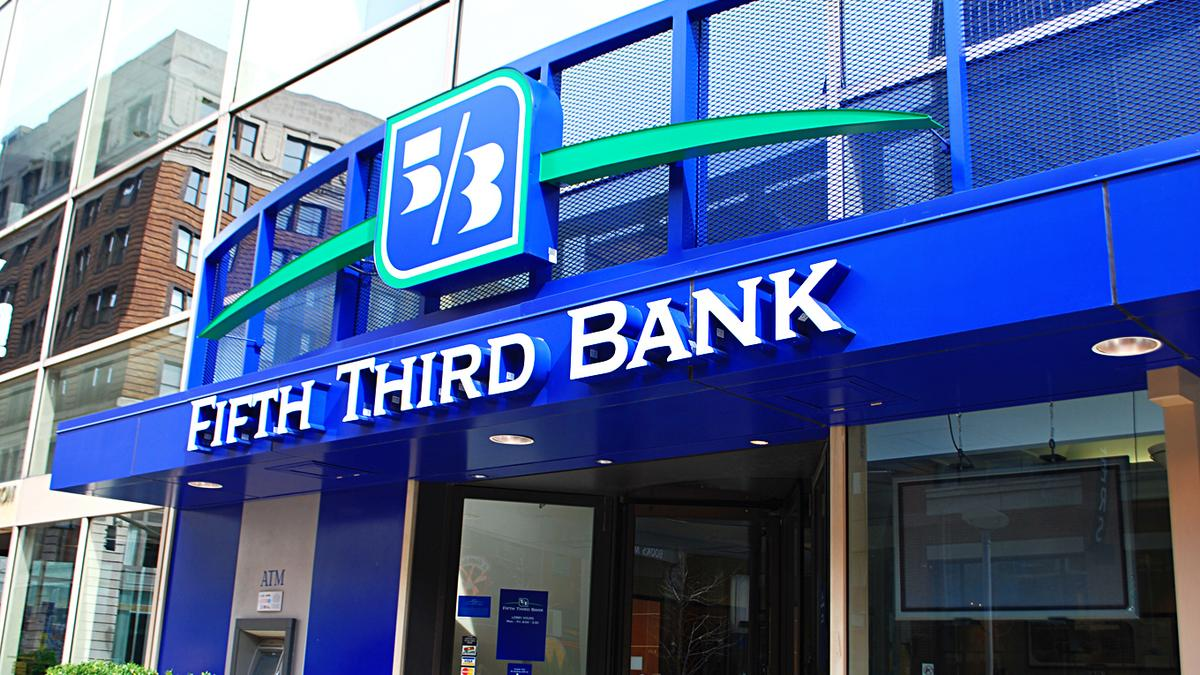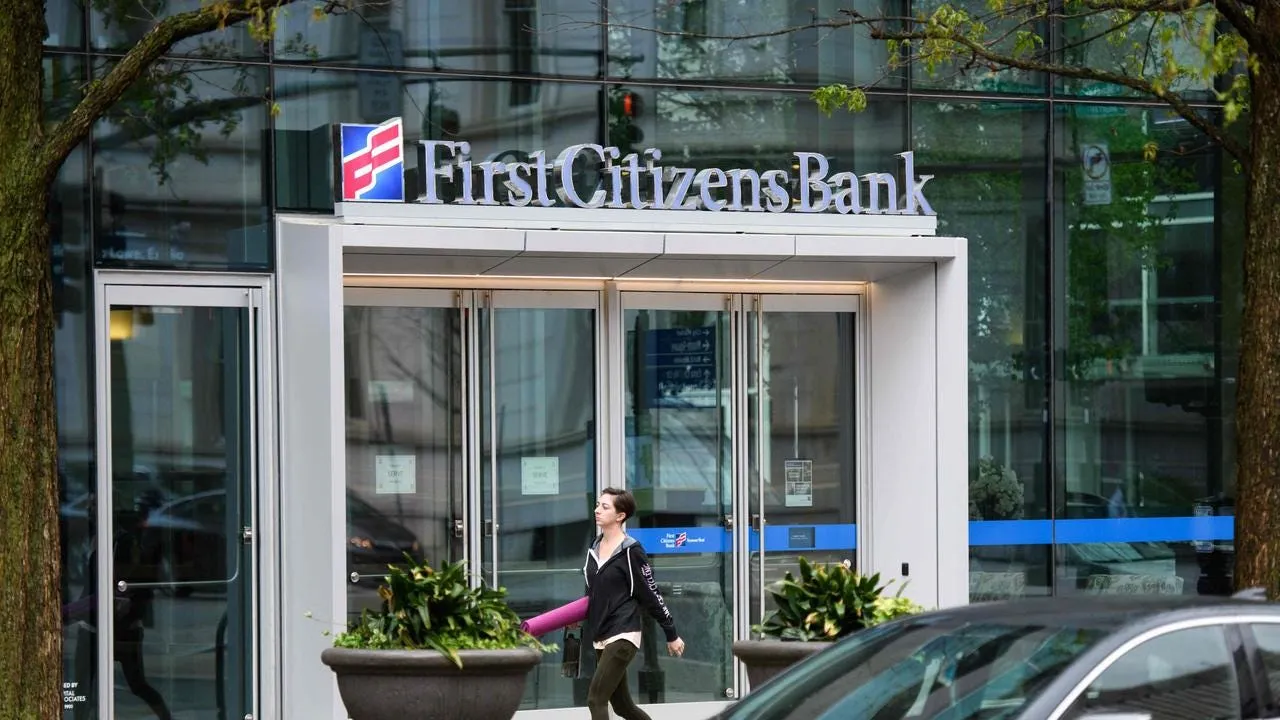The Pros And Cons Of Investing In Regional Banks - And Three Top Picks
Following Silicon Valley Bank's collapse in March, U.S. regional banks largely sold off.
This is the largest bank failure in the U.S. since the financial crisis. The government seized its deposits.
In spite of the fact that the SPDR Regional Banking ETF (KRE) has gained some ground in the year to date after the government announced that it was prepared to provide more deposits guarantee, the SPDR Regional Banking ETF (KRE) still ranks 26% below its year-ago level.
How should you react to the uncertainty? Should you buy the dip or stay away from it?
'The worst is over’
Despite "all the noise and worries in March," Christopher Marinac, director of research at Janney Montgomery Scott, expects tangible book value per share to rise 3% this quarter on average.
As far as credit quality and reserves are concerned, the industry still has a very good standing.
"The regional banks are doing very well - leverage is significantly lower now than in 2007 and 2008, so they can absorb a lot fewer losses than the market realizes." Therefore, Marinac believes the market has a chance to bounce back.

According to Brian Stutland, portfolio manager at Equity Armor Investments, the current environment is not conducive to regional banks.
Several major economic factors influence regional banks, he said.
In order to borrow commercial paper, they need to be able to borrow at a rate near or equal to the funds' rate of the Federal Reserve as well as lend to their customers at a rate 150 to 200 basis points higher than what they borrowed against their deposits.
The 10-year note demonstrates a flight from safety into safety, as evidenced by the GDP expansion and an increase in new business formations as well as declining unemployment rates.
Another condition - a rising 10-year note - is also absent, according to Stutland.
In the second half of the year, [the Fed] expects a mild recession, which means that the 10-year Treasury note will be suppressed. By the end of the year, I don't think it will be able to return to 4% again. Stutland told Trade Algo that that would hurt regional banks.
Marinac said deposits in the U.S. banking system have declined by only 3% since the start of the crisis.
Despite "clear" deposit outflows at five banks - SVB, Signature, First Republic, PacWest, and Western Alliance - the entire industry showed less decline than investors expected.
According to him, US deposits are still 30% higher than they were at the end of 2019, before the pandemic.
A recession would not be a problem for banks due to their "excellent cash flows."
For the regional banks, Stutland argued that deposits are merely a matter of "levels of risk".
He told Trade Algo that protecting all deposits is a pipe dream. “Will we protect depositors beyond what people expect in case of failure?” he asked.
In response to Marinac's observation of healthy cash levels, Stutland asked where the growth would come from.

Although cash reserves remain stable, he is still concerned about the stability of the economy and where growth will come from for regional banks until macroeconomic conditions improve.
In late March, First Citizens announced that it will buy over Silicon Valley Bank's deposits and loans in order to become the largest regional bank company. Fifth Third Bancorp is Marinac's top pick for investors looking for regional bank stocks.
As we go through earnings season this month, the earnings estimates will not fall by 40% for 2023 and 2024. While earnings estimates will fall again for 2023 and 2024, they will not be down by 40%."
Marinac concluded, "Overall, I think you have good value.".
As for Stutland, he preferred JPMorgan over Bank of America, saying that he would go for larger banks.
In this type of economic environment, I think those guys will benefit from being in the larger bank area.
“In the second half of this year, I'd rather hold growth-type tech names instead of regional banks and take the risks there," Stutland said.

Subscribe to our newsletter!
As a leading independent research provider, TradeAlgo keeps you connected from anywhere.








